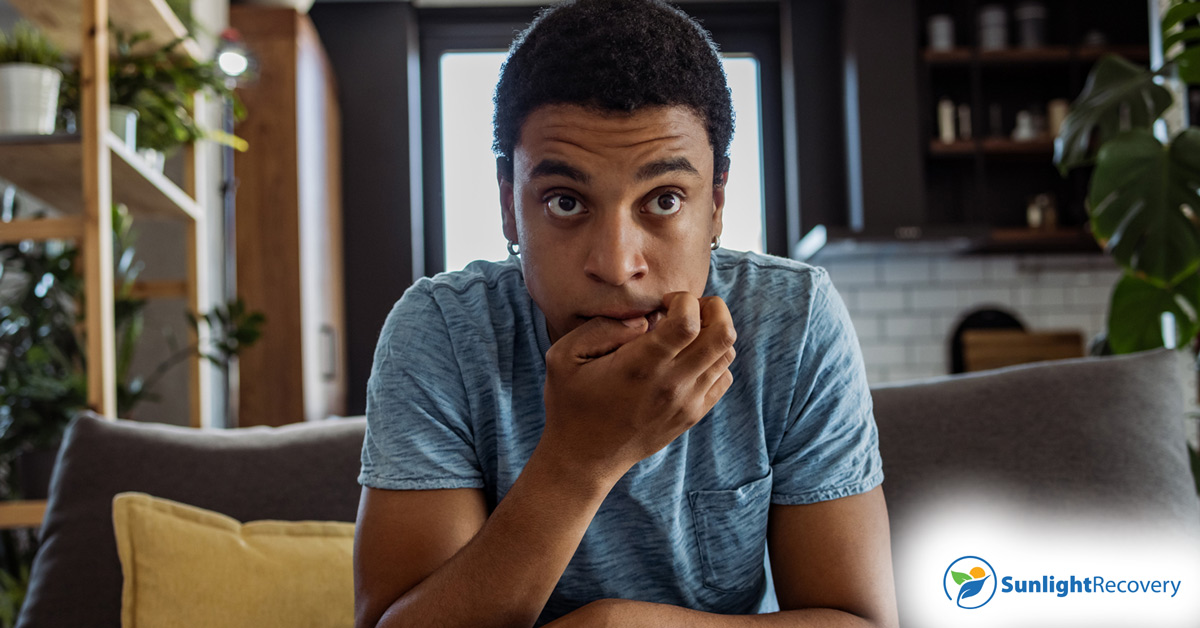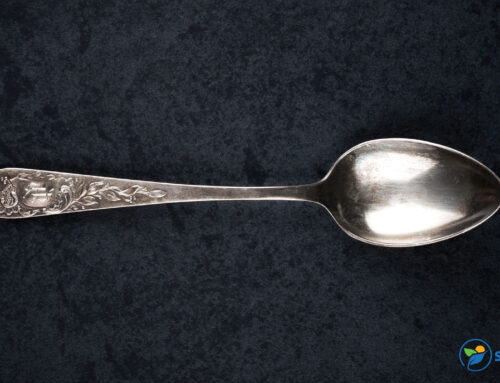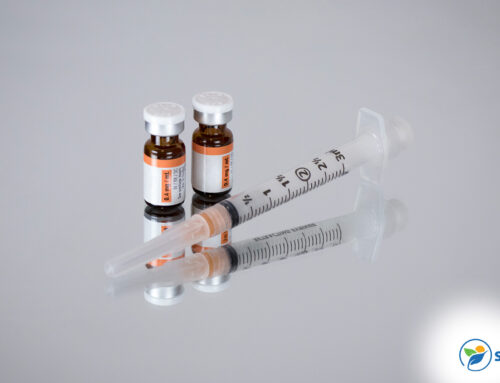It often sneaks up on people: Taking a few more pills than prescribed after surgery. Mixing several substances together for more effective pain relief. Before you know it, you could be dealing with a full-blown opioid addiction. Opioid abuse can lead to a host of devastating effects, ranging from difficulty functioning to life-threatening medical conditions, as a result of substance usage.
Twitching in your sleep from drug use may not sound like one of the more serious problems that can occur from drug abuse, but opioids have a tendency to wreak havoc on the central nervous system. It’s important to recognize the signs of opioid addiction so treatment and recovery can start as soon as possible.
Twitching in Sleep Due to Drug Use and Opioid Abuse
When people hear the term opioid abuse, they may think of the more common symptoms such as a loss of interest in personal matters, severe mood swings and intense cravings for the substance. However, an under-recognized symptom is muscle twitching. This sign is often subtler, and it’s even harder to notice because twitching in your sleep due to drug use can be difficult to spot if the person isn’t being regularly observed while sleeping
Poor quality sleep can exacerbate the troubles caused by drug use and lead a person to rely on sleeping aids. Mixing medications and substances may result in further complications and increase the risk of an overdose.
Causes and Mechanisms of Twitching in Opioid Abuse
The clinical term for uncontrollable muscle movement is myoclonus. It’s not that uncommon and can sometimes be due to benign causes. In fact, anyone who’s ever had the hiccups has experienced myoclonus, as that phenomenon is caused by involuntary diaphragm contractions. The type of muscle spasms brought on by opioid use is much less well-understood by medical professionals, yet much more serious.
Scientists believe muscle twitching after drug use may be caused by opioids’ tendency to activate NMDA receptors and disrupt neural pathways near the brain or spine. Myoclonus can present in just one or a few areas of the body, or it can cause full-body twitching in some substance abusers. This twitching most commonly occurs during or after drug usage. Barbiturates, antidepressants and diuretics are other drugs that cause myoclonus and additional issues with the nervous system if misused.
Possible Long-Term Effects of Opioid Abuse on the Nervous System
A healthy nervous system is vital to maintaining a functioning body. Opioids interfere with the nervous system by triggering an excessive dopamine release and causing an intense feeling of euphoria. Over time, the nervous system builds a tolerance to the substance and needs an ever-increasing dosage to reach the same high.
One of the more serious complications from opioids involves the respiratory system. The central nervous system is key in ensuring proper respiratory function, and opioids reduce the body’s ability to circulate oxygen. Opioid abuse can lead to arrested breathing and, in severe situations, overdose or death.
Treatment Options for Opioid Abuse and Associated Symptoms Such as Twitching
Methadone and buprenorphine are two common treatments designed to prevent the craving for opioids. They work by interfering with opioid receptors to activate them but don’t produce the same high that other opioids yield. These synthetic opioids can also help reduce the severity of withdrawal symptoms. The main difference between these two treatments is that methadone is more powerful than buprenorphine and requires a higher dosage to achieve its full effects.
Naloxone is another treatment for opioid abuse. It’s primarily administered to individuals who are actively overdosing on opioids, and its purpose is to quickly reverse the overdose by binding to opioid receptors and blocking the effects of the substance. Unlike methadone and buprenorphine, Naloxone is fast-acting and only treats the immediate effects of opioid abuse by restoring respiratory function.
Usually, the most effective way to treat opioid-induced myoclonus is to stop or reduce the usage of the substance. However, sometimes myoclonus requires more advanced treatment, especially if it becomes debilitating or interferes with a person’s quality of life. There are several approved anticonvulsant drugs that can be used to treat myoclonus. These treatments should only be taken under the supervision of a medical professional, and they shouldn’t be used in conjunction with any illicit substances.
Importance of Seeking Medical Attention and Support for Opioid Addiction and Related Symptoms
Drug detoxification completed in a medical setting is usually necessary to treat substance abuse. Depending on the circumstances, a person may require inpatient or outpatient treatment to manage the withdrawal symptoms that often result from stopping opioid use after addiction. The withdrawal experience can be similar to the flu, as nausea, diarrhea, fever and insomnia are all common. However, opioid withdrawal is much more serious and can be life-threatening if not handled properly. A person experiencing substance abuse withdrawal should be under the supervision of medical professionals to prevent severe complications.
In addition to medical treatments, people suffering from opioid addiction may find counseling and therapy beneficial. These programs can introduce better ways of coping and help the person reduce the impulse to turn to harmful substances. It’s important for individuals experiencing opioid addiction to work with a licensed mental health practitioner who’s trained in handling addiction and substance abuse cases.
Early and Effective Intervention Is Key to Overcoming Opioid Addiction
Opioid abuse is tragically common, with an estimated 2 million adults in the United States suffering from opioid addiction. It’s a serious condition that requires medical intervention for the best chance at both short-term and long-term health.
Opioid-induced myoclonus is just one of many unpleasant and potentially harmful effects of opioid abuse. Early intervention and proper treatment are critical to preventing further harm from substance abuse. Sunlight Recovery works with people experiencing opioid addiction to connect them with the right treatment plan and medical professionals to guide them on the path to recovery. Reach out to Sunlight Recovery to start on your way to a better, healthier future.






